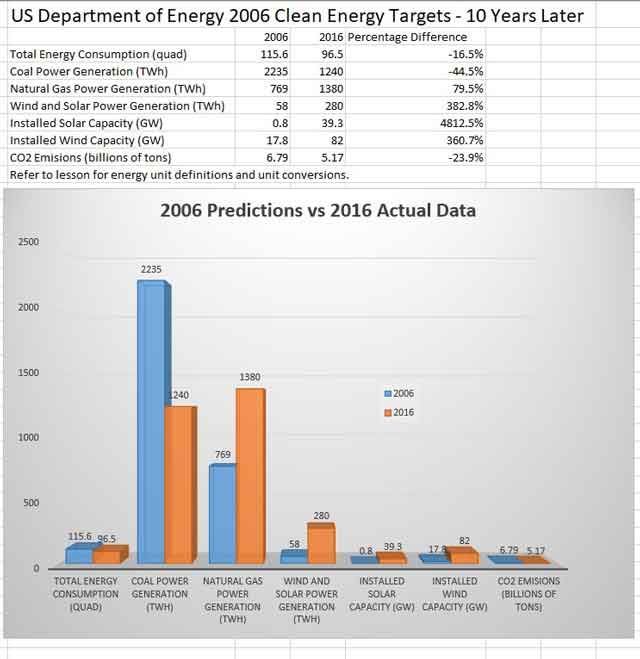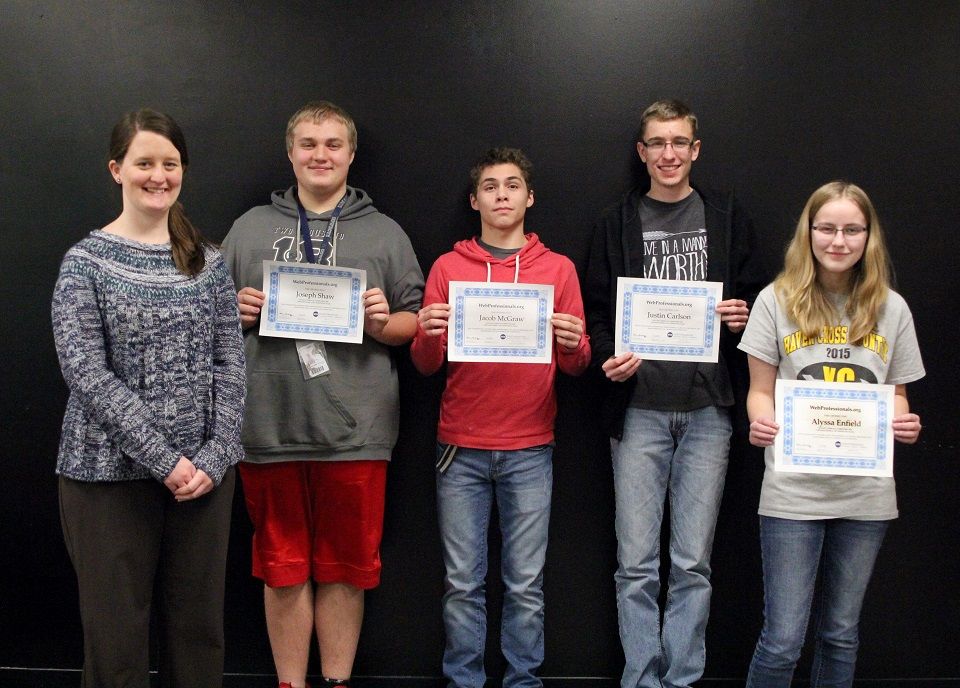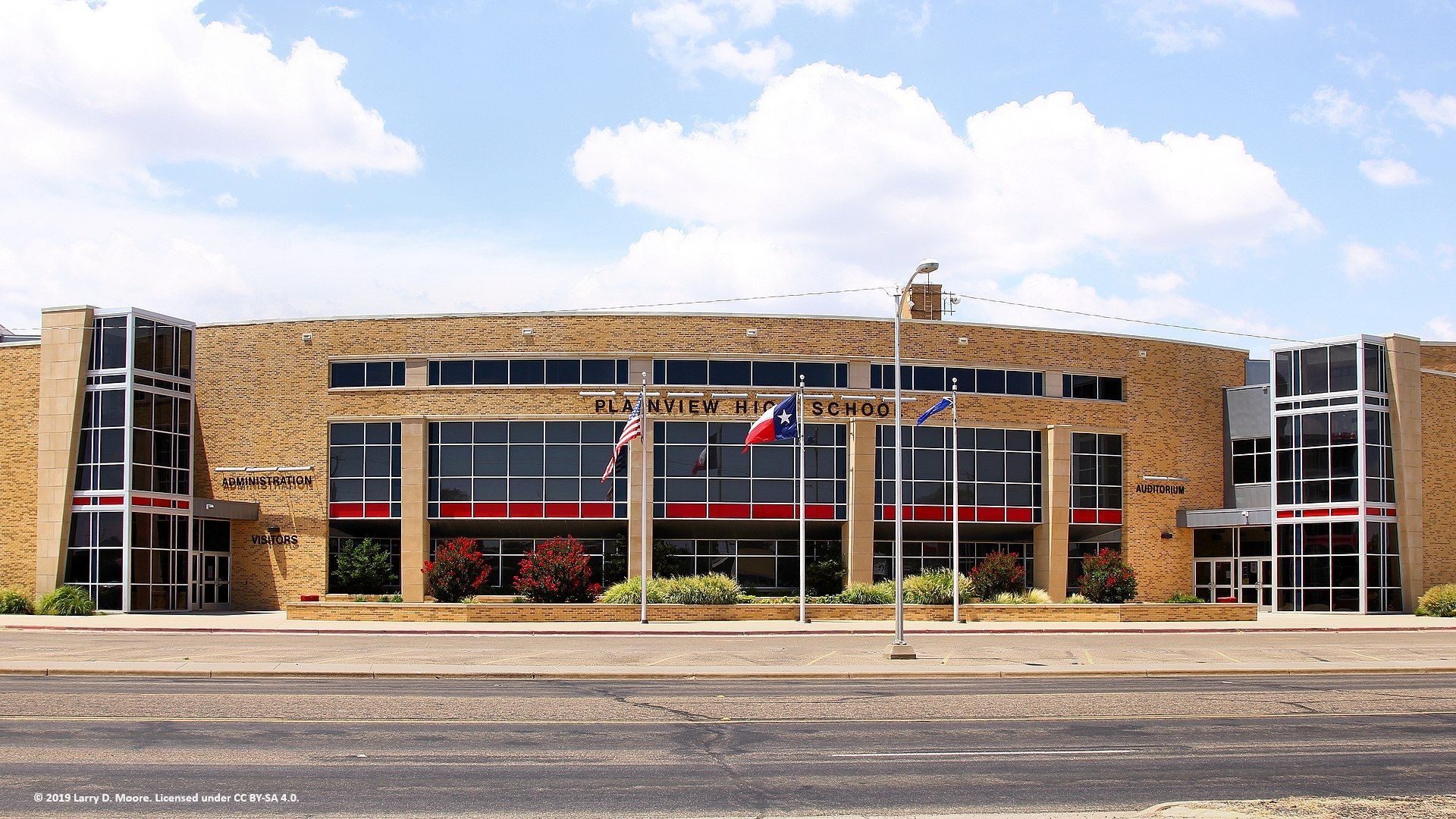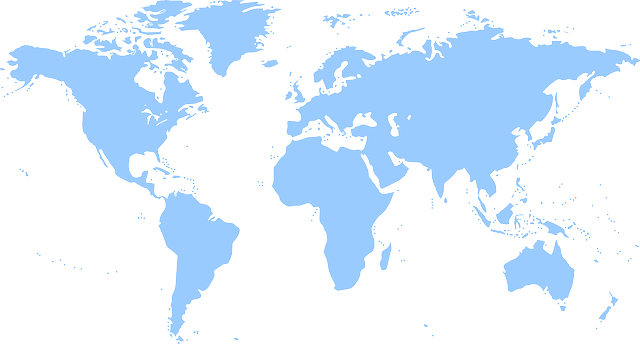Blog
STEM Education Facts – Sustainable Energy and Energy Savings are looking good – US Department of Energy
How are we doing as a nation saving energy and implementing sustainable power? In our STEM course Building Green & Residential Architecture & Construction we promote the best and the most sustainable strategies for construction and home design.
We are always fact checking and updating content. Let’s face it, STEM never sleeps. The very first version of this STEAM course was created in 2006. Back then, the energy numbers weren’t looking great. The US Department of Energy revisit of one of their reports we used 10 years ago gave us a nice wake-up call. We thought we should share our excitement for the future. Some of it stems from the fact that energy consumption coming from wind energy have grown three times as much as what was predicted.
A Review of Energy
In February of 2006, the United States Department of Energy made 30-year predictions regarding the nation’s production and usage of energy. We created a sample spreadsheet for an in-course activity based on the new numbers and one can clearly see that the predictions have been left in the dark (no pun intended), with a good nod towards the solar capacity’s astounding 4800% uptick.
Are we winning the global warming war? This report reveals a fascinating insight in that the actual numbers for CO2 emissions are down by 24 percent less as predicted in 2006. Yes, you heard that right- it’s less than what was predicted. The same goes for total energy consumption- we are looking at a 17 percent reduction in consumption as what was predicted. What’s more impressive is that the population is ever-growing. The US population numbered to 298 million in 2006. In 2016, it was 323 million. In the past we would have assumed that growth in population would have put more pressure on power demands. Fortunately, that has changed.
The total number of housing grew to around 135 million from 124 million during 2005 to 2016. The increase of homes should have brought energy consumption up as well, right? But through wise planning made by builders and home designers, energy demands were significantly reduced. We would have loved to think that somehow our STEM course was one of the key to all this change, but the reality is simply that the US population is now making better choices than before.
Our Goal to Save Energy
In our STEM Building Green (UC a-g Approved) , we discuss LED lighting, Energy Star, passive solar energy and other energy-efficient construction models. The industry is moving towards the right direction, and the STEAM students are learning to make smart and sustainable choices. Sure, we are bias that this starts in the classroom, but new technologies are being invented, implemented and improved upon because of STEM education and STEM careers. None of these things will be possible if not for STEM in the classroom.
Now let’s go back to energy production. Power generation using coal was cut to 45 less than what was predicted (helps in the fight against CO2). Alternative energy is enjoying an all-time high. Solar power generation has exceeded 4,813 percent than the forecast, while wind power generation is at an excess of 361 percent. We have decided to add one important article in the course, which talks about how some cities are now requiring the installation of solar panels for new homes being built.
News like this really drives it home for STEM education course developers. To see the results of people making better choices for a better shared sustainable future – it makes us happy. As we update courses and trends, I cannot say that we always see things going the right direction. However, this time was some good news we needed to share. We do love what we do.

STEM Curriculum Course Building Green – Energy Trends Section
Get in touch with us today!
You can book a demo directly using Calendly, call us directly at 913-764-4272 or 877-828-1216, or submit the form below and we will reach out to you.
We look forward to helping you and your students.

Most Recent Posts


About Us
Whether you are a big institution, small school or an individual seeking a new career path, our curriculum is for you.
Request a free demo of our curriculum today to see how you can help fuel our future world.
Get In Touch
PO Box 398 Olathe, KS 66051
hello@CTeLearning.com
Phone: 913-764-4272
Toll Free: 877-828-1216
Fax: 866-307-8112
Email: info@ctelearning.com
Quick Links
All Rights Reserved | Support Learning, Inc.
Web Design by Tekkii


